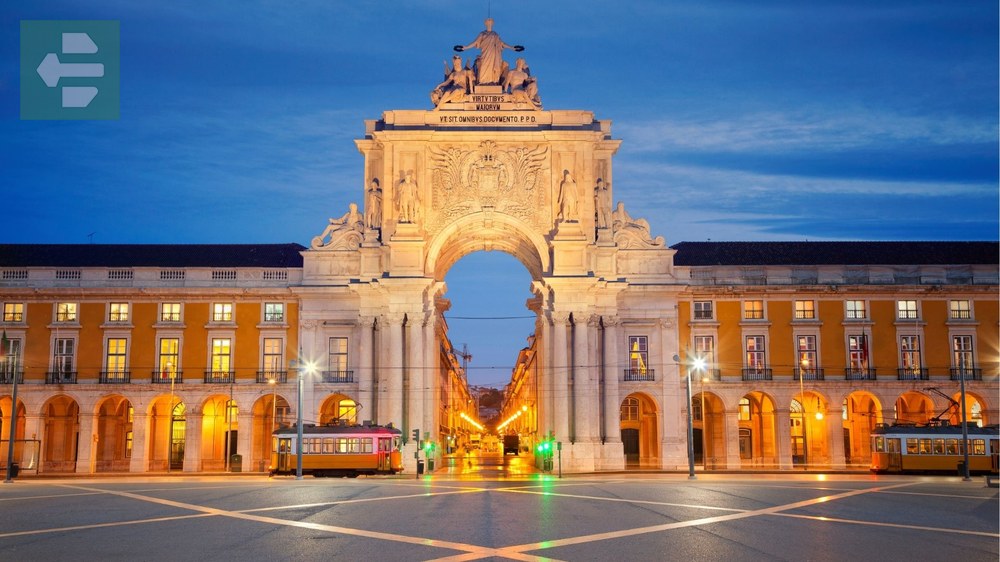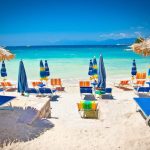January transforms Europe into two distinct worlds. The south offers mild temperatures and fewer crowds at destinations like Las Palmas, Valletta, and Seville. The north embraces winter's charm in Vienna, Prague, and Amsterdam.
This guide reveals the best places to travel in Europe in January, from sun-soaked Canary Islands to snow-dusted Austrian capitals. Each destination offers something different for the January traveler.
List of Contents
- 1. Las Palmas, Spain: Eternal Spring
- 2. Valletta, Malta: Fortress on the Sea
- 3. Limassol, Cyprus: Where Legends Begin
- 4. Seville, Spain: Poetry in Stone
- 5. Lisbon, Portugal: Seven Hills of Discovery
- 6. Palermo, Sicily: Crossroads of Civilizations
- 7. Naples, Italy: Where Pizza Was Born
- 8. Funchal, Madeira: Garden Island
- 9. Ponta Delgada, Azores: Volcanic Paradise
- 10. Vienna, Austria: Imperial Winter
- 11. Munich, Germany: Alpine City
- 12. Prague, Czech Republic: Golden City in Snow
- 13. Amsterdam, Netherlands: Canals and Culture
- 14. Rome, Italy: Eternal City, Quiet Moments
1. Las Palmas, Spain: Eternal Spring
Las Palmas delivers what most of Europe cannot in January—sunshine and warmth. The city sits on Gran Canaria's northeast coast, where Atlantic winds keep temperatures pleasant year-round.
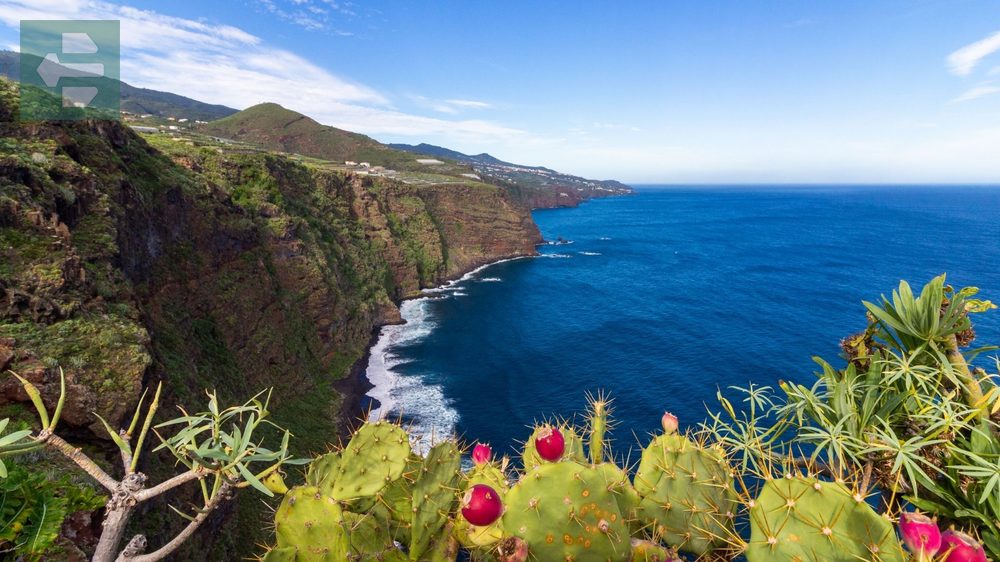
Las Canteras Beach stretches for three kilometers, protected by a natural reef that creates calm swimming conditions. The old town, Vegueta, holds cobblestone streets and colonial architecture unchanged since Columbus stopped here in 1492.
Local fishermen still sell their catch at the harbor each morning. Join them for coffee at 7 AM to watch the city wake up slowly.
Quick Facts:
- Peak Season: December-March
- Getting There: Direct flights from major European cities
- Entry Fee: Free (beaches and old town)
- Suggested Stay: 4-5 days
- Must-See: Las Canteras Beach, Vegueta Historic Quarter, Bandama Caldera
2. Valletta, Malta: Fortress on the Sea
Valletta rises from limestone cliffs like a golden fortress. The entire city measures just 0.8 square kilometers, making it Europe's smallest capital and a UNESCO World Heritage site.
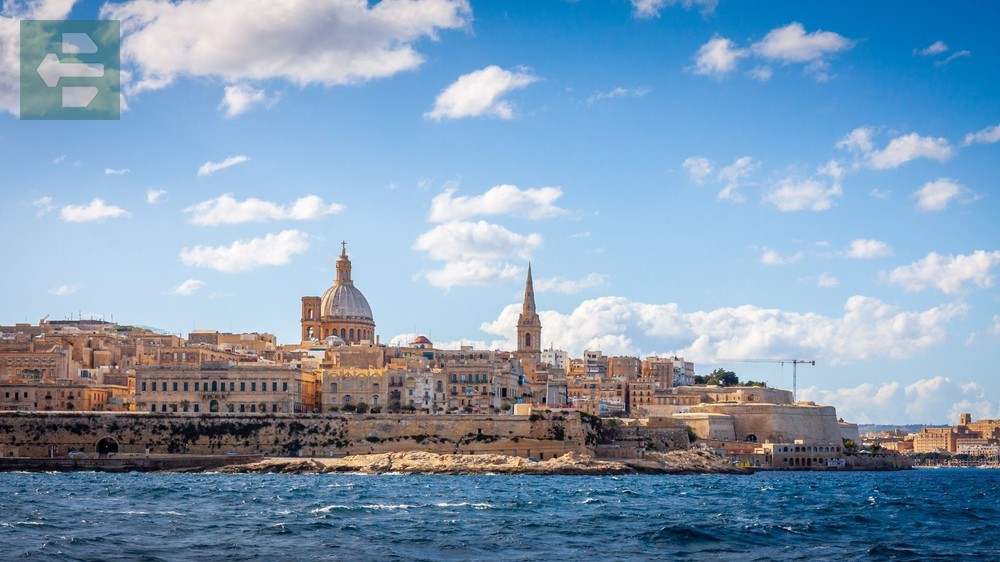
The Knights of St. John built these honey-colored walls in the 16th century. Every street slopes toward the sea, creating natural wind tunnels that cool the city even in summer.
Walk the Upper Barrakka Gardens at sunset. The view across Grand Harbour has remained unchanged for centuries, and locals gather here each evening to watch the light fade.
Quick Facts:
- Peak Season: October-April
- Getting There: Malta International Airport, then bus to Valletta
- Entry Fee: Most sites €10-15
- Suggested Stay: 3-4 days
- Must-See: St. John's Co-Cathedral, Upper Barrakka Gardens, Grand Master's Palace
3. Limassol, Cyprus: Where Legends Begin
Limassol stretches along Cyprus's southern coast, where Richard the Lionheart once married Berengaria of Navarre. The city balances ancient history with modern beach culture.
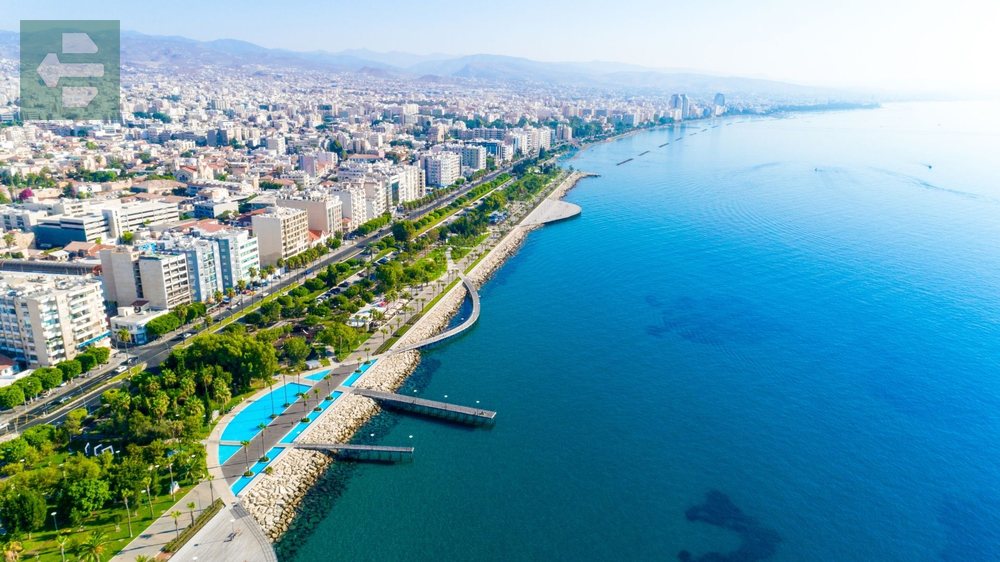
The old town winds around a medieval castle, while the marina district showcases contemporary Cyprus. Beaches extend east and west from the city center, most sheltered from winter winds.
Try mezze at a traditional taverna in the old town. Locals eat late here—dinner starts after 8 PM and conversations continue past midnight.
Quick Facts:
- Peak Season: April-June, September-November
- Getting There: Larnaca Airport, then 45-minute drive
- Entry Fee: Castle €4.50, beaches free
- Suggested Stay: 3-4 days
- Must-See: Limassol Castle, Old Town, Kolossi Castle, Lady's Mile Beach
4. Seville, Spain: Poetry in Stone
Seville reveals itself slowly. The cathedral dominates the skyline, while the Alcázar hides behind modest walls. Orange trees line every street, filling January air with citrus fragrance.
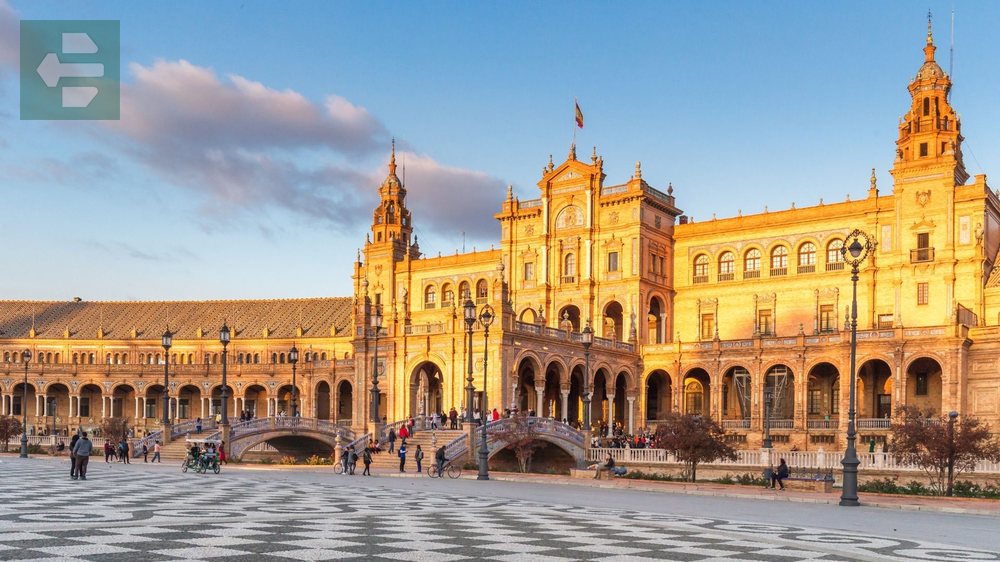
The Guadalquivir River curves around the city center, where horse-drawn carriages still clip-clop over cobblestones. Flamenco echoes from hidden courtyards after dark.
January mornings here are crisp and bright. I once spent three hours in the Alcázar gardens, watching light move across Moorish tiles as the sun climbed higher. Time moves differently in Seville.
Quick Facts:
- Peak Season: March-May, September-November
- Getting There: Seville Airport or high-speed train from Madrid
- Entry Fee: Cathedral €11, Alcázar €13
- Suggested Stay: 4-5 days
- Must-See: Cathedral and Giralda, Alcázar, Santa Cruz Quarter, Plaza de España
5. Lisbon, Portugal: Seven Hills of Discovery
Lisbon spreads across seven hills overlooking the Tagus River. Tram 28 climbs these slopes, creaking and swaying through neighborhoods unchanged since the Age of Discovery.
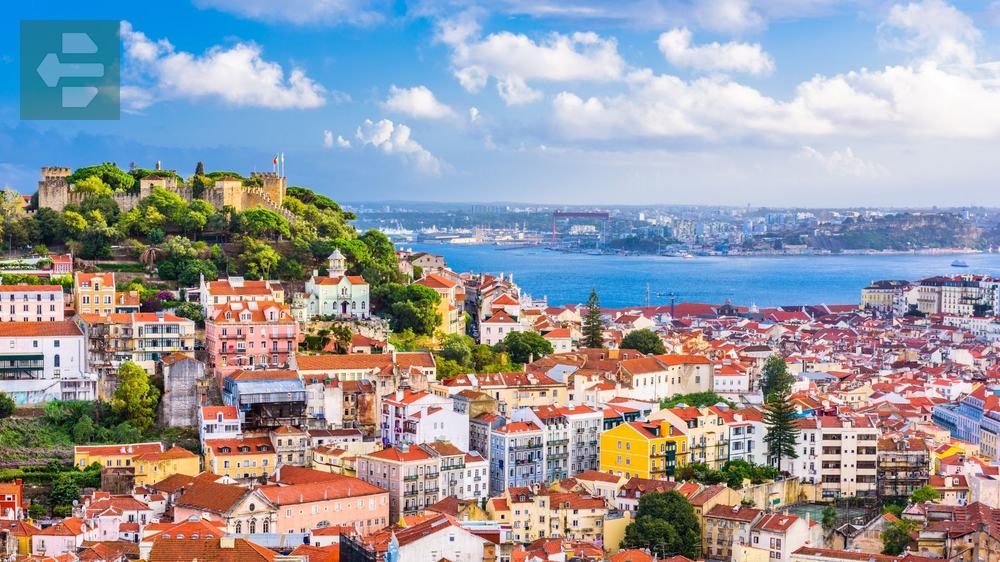
The city rebuilt itself after the 1755 earthquake, creating wide boulevards and earthquake-resistant architecture. Azulejo tiles cover building facades in blue and white patterns that reflect Portuguese maritime history.
Take the early morning ferry to Cacilhas for the best view of Lisbon's skyline. Locals use this commuter ferry as their daily routine, but for visitors, it offers perspective on why this city became the launching point for global exploration.
Quick Facts:
- Peak Season: May-September
- Getting There: Lisbon Airport, metro to city center
- Entry Fee: Most monuments €6-10
- Suggested Stay: 4-5 days
- Must-See: Belém Tower, Jerónimos Monastery, Alfama District, Tram 28
6. Palermo, Sicily: Crossroads of Civilizations
Palermo holds 3,000 years of history in every street corner. Arabs, Normans, and Spanish each left their mark on this Mediterranean port city.
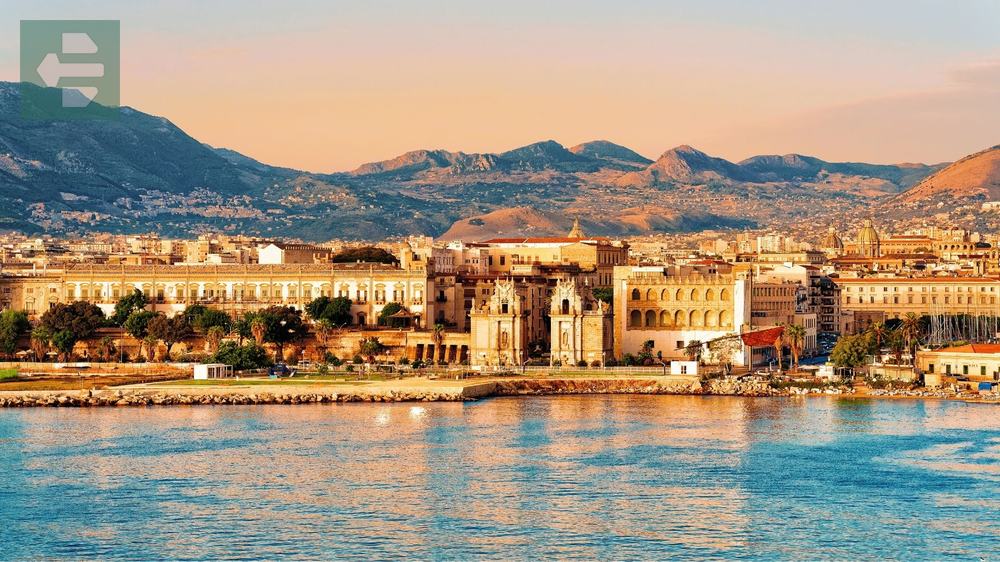
The markets—Ballarò, Capo, and Vucciria—operate as they have for centuries. Vendors call out prices in Sicilian dialect while cooking arancini over charcoal fires.
January here means fewer tourists and authentic city life. Join locals for morning espresso at the counter—standing, never sitting, and always finished in two sips.
Quick Facts:
- Peak Season: April-June, September-October
- Getting There: Palermo Airport or ferry from mainland Italy
- Entry Fee: Cathedral free, Palazzo dei Normanni €12
- Suggested Stay: 3-4 days
- Must-See: Palazzo dei Normanni, Cathedral, Quattro Canti, Local Markets
7. Naples, Italy: Where Pizza Was Born
Naples pulses with energy that never stops. Vesuvius looms in the distance while the city sprawls around the bay, chaotic and beautiful in equal measure.
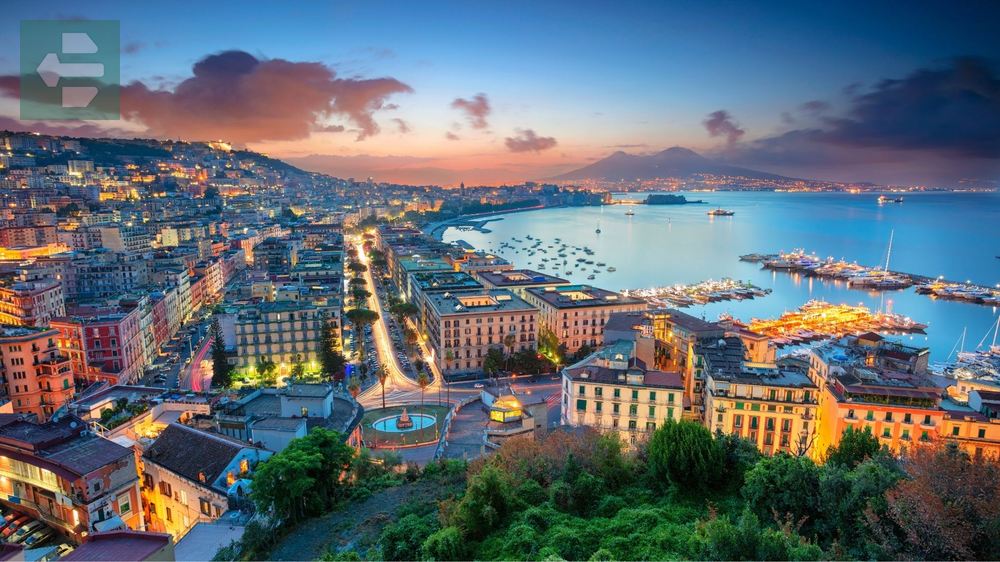
This is pizza's birthplace, where wood-fired ovens reach 900 degrees and margherita toppings are sacred. The historic center, a UNESCO site, contains more churches per square kilometer than anywhere else in the world.
Underground Naples reveals Greek and Roman ruins beneath modern streets. Book a tour of Napoli Sotterranea to explore 2,400 years of buried history.
Quick Facts:
- Peak Season: April-June, September-October
- Getting There: Naples International Airport or train from Rome
- Entry Fee: Archaeological sites €12-16
- Suggested Stay: 3-4 days
- Must-See: Pompeii, Naples Underground, Historic Center, Mount Vesuvius
8. Funchal, Madeira: Garden Island
Funchal clings to Madeira's southern slopes, where subtropical gardens bloom year-round. The city's name comes from “fennel,” which Portuguese explorers found growing wild here in 1419.
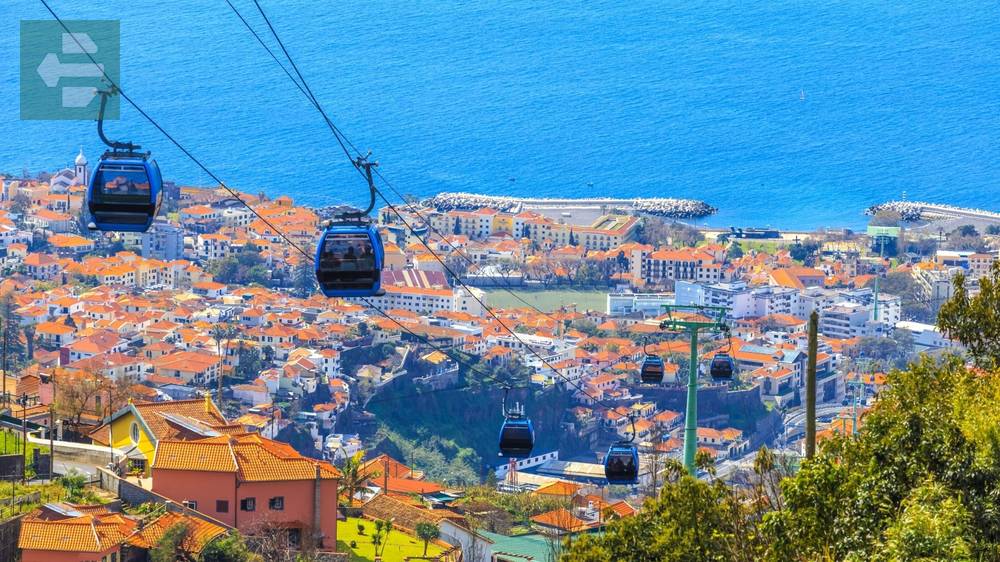
Levadas—irrigation channels—snake across the island, creating hiking paths through laurel forests and volcanic landscapes. The Atlantic surrounds everything, visible from almost every corner of the city.
The New Year's fireworks display here holds a Guinness World Record. But January's real magic happens in the botanical gardens, where birds of paradise and proteas bloom while most of Europe sleeps under snow.
Quick Facts:
- Peak Season: December-February (flowers), May-September (hiking)
- Getting There: Madeira Airport, then 20-minute drive
- Entry Fee: Cable car €16 round trip, gardens €7
- Suggested Stay: 4-5 days
- Must-See: Botanical Garden, Monte Palace, Levada walks, Cabo Girão
9. Ponta Delgada, Azores: Volcanic Paradise
Ponta Delgada sits on São Miguel Island, where volcanic activity created landscapes that seem almost otherworldly. Hot springs bubble from the ground while crater lakes reflect perfect blue skies.
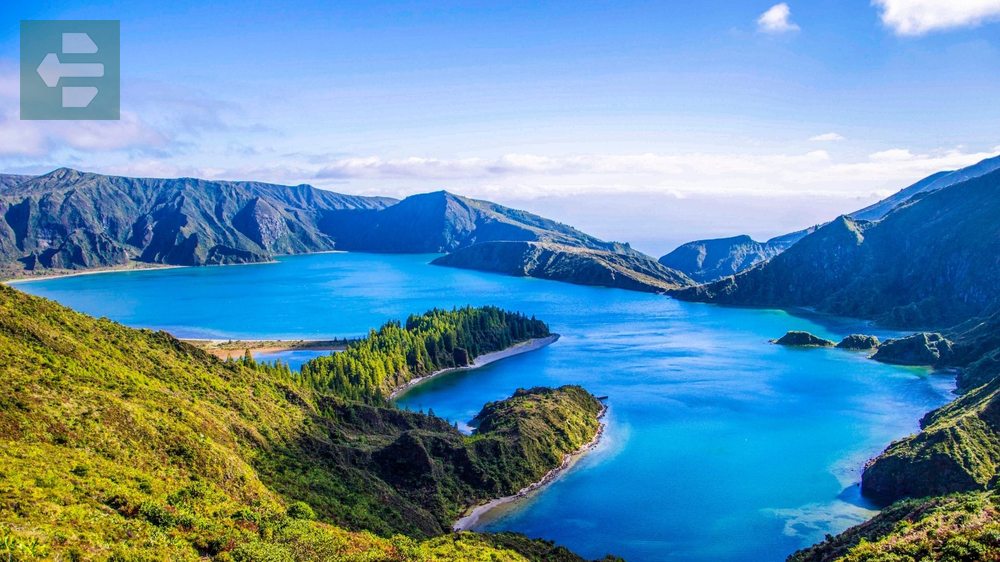
The city's black and white basalt architecture reflects its volcanic origins. Igreja Matriz stands at the heart of town, its twin towers visible from approaching ships.
January storms in the Atlantic create dramatic coastlines here. I watched 30-foot waves crash against the rocks at Mosteiros while locals continued their daily routines, unfazed by nature's power display.
Quick Facts:
- Peak Season: June-September
- Getting There: João Paulo II Airport
- Entry Fee: Most natural sites free
- Suggested Stay: 5-7 days
- Must-See: Sete Cidades, Lagoa do Fogo, Furnas Hot Springs, Tea Plantations
10. Vienna, Austria: Imperial Winter
Vienna embraces January's cold with imperial grace. Snow dusts baroque palaces while horse-drawn carriages continue their centuries-old routes through the Ringstrasse.
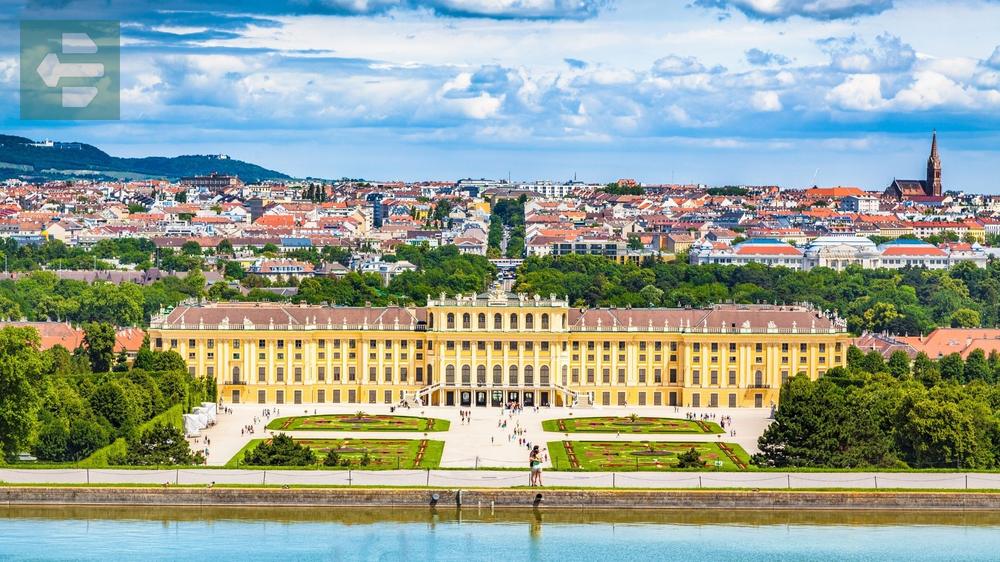
The city's coffeehouse culture reaches its peak in winter months. Sachertorte and melange become daily rituals in establishments unchanged since Mozart's time.
Schönbrunn Palace gardens transform into a winter wonderland, while the State Opera House hosts performances almost nightly. Vienna's winter isn't just weather—it's atmosphere.
Quick Facts:
- Peak Season: April-October (tourism), December-February (culture)
- Getting There: Vienna International Airport, then train to city center
- Entry Fee: Schönbrunn €16, Opera from €10
- Suggested Stay: 4-5 days
- Must-See: Schönbrunn Palace, Historic Center, St. Stephen's Cathedral, Belvedere Palace
11. Munich, Germany: Alpine City
Munich sits at the foot of the Alps, where beer gardens close for winter but Christmas markets extend into January. The city maintains Bavarian traditions while embracing modern European culture.
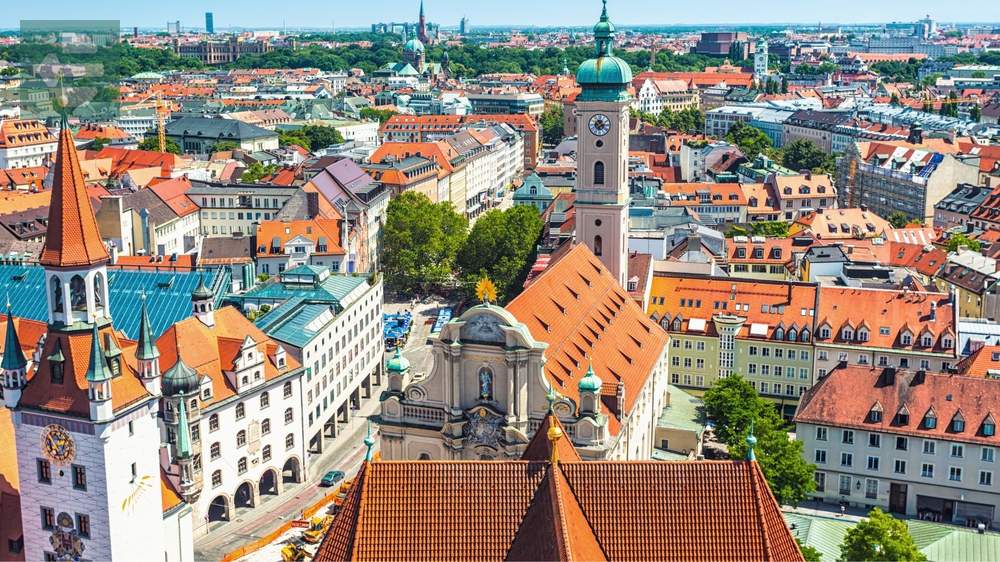
Marienplatz remains the heart of old Munich, where the Glockenspiel chimes every day at 11 AM and noon. The English Garden offers winter walks along paths that lead to surprising beer halls.
January here means Starkbier season—strong beer traditionally brewed by monks to sustain them through winter fasting. Local breweries still follow these centuries-old recipes.
Quick Facts:
- Peak Season: September-October (Oktoberfest), December-January (Christmas markets)
- Getting There: Munich Airport, then S-Bahn to city center
- Entry Fee: Most churches free, museums €4-12
- Suggested Stay: 3-4 days
- Must-See: Marienplatz, English Garden, Neuschwanstein (day trip), BMW Museum
12. Prague, Czech Republic: Golden City in Snow
Prague's spires pierce winter skies like a fairy tale illustration. Snow amplifies the city's gothic beauty, turning the Old Town Square into a scene from medieval manuscripts.
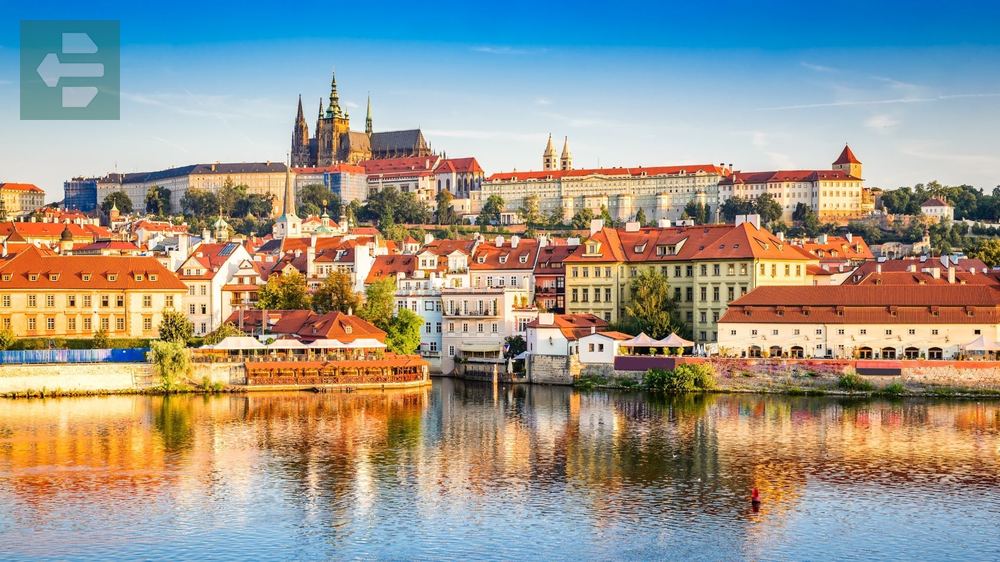
The Vltava River rarely freezes completely, but ice forms along its banks, creating ethereal reflections of Prague Castle. Charles Bridge at dawn, dusted with snow and empty of tourists, reveals why this city inspired generations of writers and artists.
Warm up in traditional beer halls where Pilsner flows and goulash steams. Czech winter comfort food has sustained locals through countless harsh winters.
Quick Facts:
- Peak Season: May-September
- Getting There: Václav Havel Airport, then metro to city center
- Entry Fee: Castle complex €12, most churches free
- Suggested Stay: 4-5 days
- Must-See: Prague Castle, Charles Bridge, Old Town Square, Jewish Quarter
13. Amsterdam, Netherlands: Canals and Culture
Amsterdam's concentric canals create perfect circles around the historic center. In January, ice sometimes forms on the quieter waterways, allowing brave locals to skate as their ancestors did for centuries.
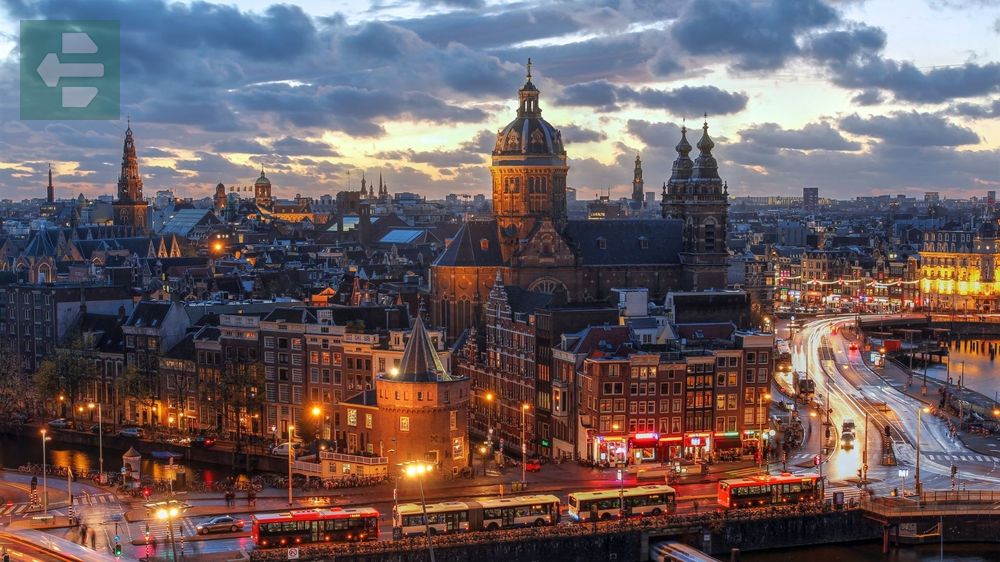
The city's museums offer refuge from winter weather. The Rijksmuseum and Van Gogh Museum house masterpieces while brown cafés serve warm drinks and conversations.
Rent a bike anyway—locals cycle year-round here, and winter cycling reveals Amsterdam's authentic rhythm. The cold clears your head and the city belongs to residents, not tourists.
Quick Facts:
- Peak Season: April-September
- Getting There: Schiphol Airport, then train to Central Station
- Entry Fee: Major museums €15-20
- Suggested Stay: 3-4 days
- Must-See: Anne Frank House, Rijksmuseum, Van Gogh Museum, Canal Ring
14. Rome, Italy: Eternal City, Quiet Moments
Rome in January reveals itself without summer crowds. The Colosseum stands empty at sunrise while fountain coins freeze in Trevi's basin overnight.
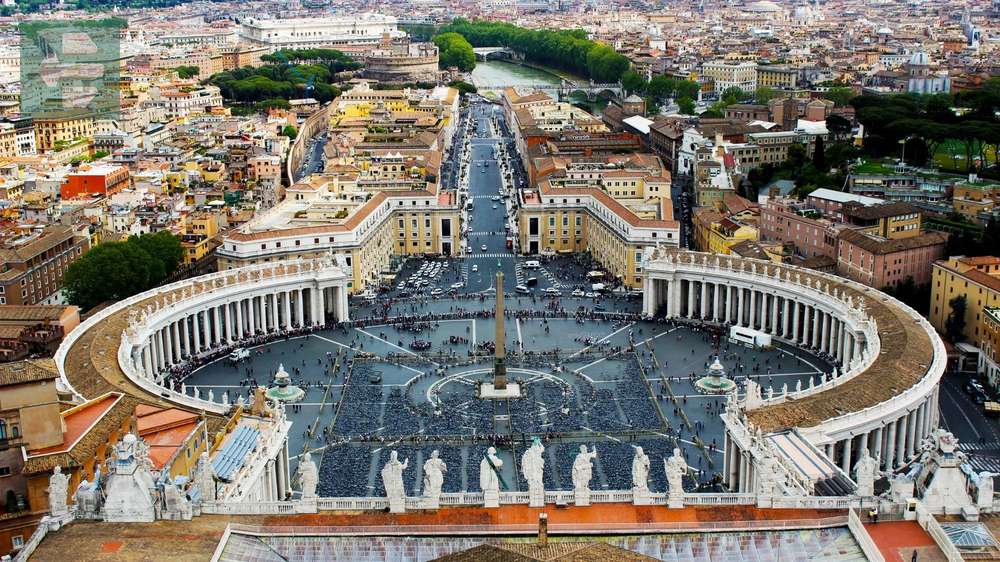
Winter light in Rome creates photography that summer heat cannot match. Golden hour stretches longer, and ancient stones glow with warmth that defies the temperature.
Vatican Museums close early but open to fewer visitors. The Sistine Chapel becomes almost meditative when only twenty people share Michelangelo's ceiling instead of the usual hundreds.
Quick Facts:
- Peak Season: April-June, September-October
- Getting There: Fiumicino Airport, then train to city center
- Entry Fee: Colosseum €16, Vatican Museums €17
- Suggested Stay: 4-6 days
- Must-See: Colosseum, Vatican City, Roman Forum, Pantheon
January in Europe offers choices most travelers never consider. The south provides warmth and space to breathe. The north delivers culture and atmosphere without crowds.
Your January adventure awaits. Whether you choose Seville's orange-scented streets or Prague's snow-dusted spires, Europe in winter rewards the prepared traveler.
Pack layers. Bring comfortable shoes. Leave room in your schedule for discoveries that guidebooks never mention.
The best places to travel in Europe in January aren't just destinations—they're experiences waiting to unfold.
